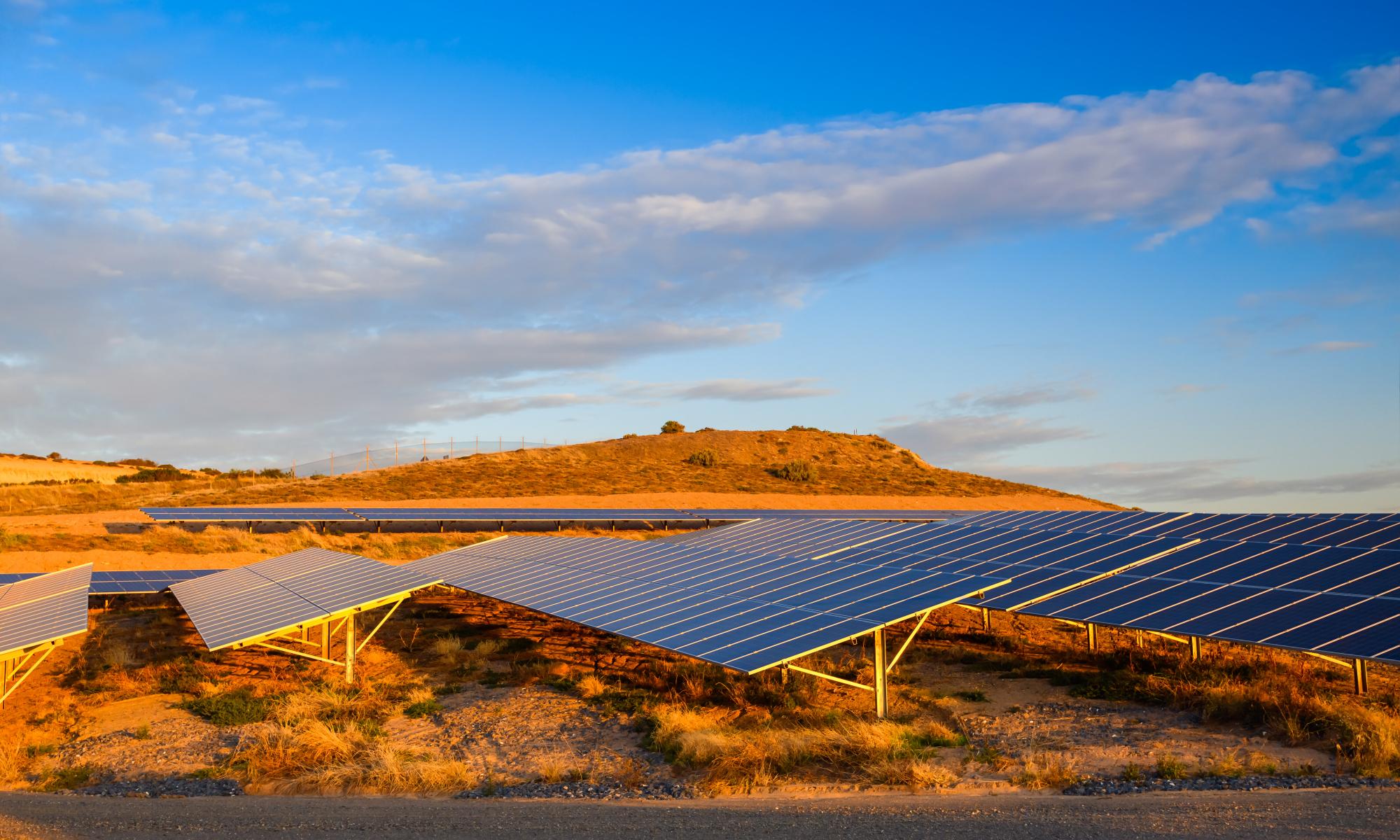Australia’s big polluting industries are likely to have to reduce carbon dioxide emissions by between 3.5% and 6% a year under the Albanese government’s plan to respond to the climate crisis.
The government has released a consultation paper setting out how it could reform the safeguard mechanism, a policy that was introduced by the Coalition under Tony Abbott in 2016 to prevent increases in industrial emissions. In practice, companies have been allowed to increase pollution without penalty and industrial emissions have continued to rise.
Under Labor’s proposed changes to start next July, the 215 major polluting facilities covered by the scheme will have to either cut emissions onsite or buy carbon credits (meant to represent emissions cuts made elsewhere) to help reach the soon-to-be-legislated national emissions targets – a 43% cut by 2030 and net zero by 2030.
Facilities covered include coalmines, gas production sites, aluminium smelters, steel plants, manufacturing sites and airlines.
The consultation paper says the annual rate of emissions cuts could not be settled until all policy settings had been finalised, but was expected to be between 3.5% and 6%.
Each facility under the scheme has an emissions limit, known as a baseline. The paper proposes a path that would turn the safeguard mechanism into a form of carbon trading scheme.
Companies that emitted less than their baselines would be issued with safeguard mechanism credits, effectively as a reward for cutting pollution faster than required. Those companies could sell these credits to businesses that did not stay within their limits and needed to pay for their extra pollution.
Other Australian carbon credits – currently the focus of a separate government review – could also be used in the scheme, but international carbon credits could not initially.
The proposed changes have been broadly supported by major business and industry groups but – as the climate change minister, Chris Bowen, has acknowledged – the challenge would be reaching agreement on the details, particularly on where to set baselines and the pace of emissions cuts.
The paper seeks industry and community feedback on several thorny issues, including:
How to reset and reduce baselines so they reflect companies’ emissions and are not set so high that they could lead to credits being handed out without pollution actually being cut. Questions to be resolved include whether different baselines should be set for each facility or if they should be averaged across industries.
Whether baselines should limit a facility’s total emissions or be based on emissions intensity – how much is released for each unit of production. The latter could initially allow a growing business to expand production – and its total emissions – without penalty.
How to deal with new polluting facilities that open while bringing total industrial pollution down.
How to ensure trade-exposed polluters are not disadvantaged compared to offshore competitors. Should they receive government funding to help move to low emissions technology?
What share of the national 2030 target should be delivered by the facilities under the safeguard mechanism.
In a statement, Bowen said the government intended to build on the existing architecture of the scheme so it would cut emissions “while supporting industry competitiveness”. He described the climate emergency as “Australia’s jobs opportunity”.“A revamped safeguard mechanism will help Australian industry cut emissions and remain competitive in a decarbonising global economy,” he said.
Tony Wood from the Grattan Institute said the changes to the safeguard would be the government’s biggest political challenge on climate change this term.
“There will be some tricky choices and there will be losers and winners,” he said. “They will need to come up with a model that actually reduces emissions and seriously road test it before it is introduced.”
Scientists have recommended Australia should be cutting emissions by more than 50% by 2030 for the country to play its part in meeting the goals of the Paris climate agreement, including pursuing efforts to limit global heating since pre-industrial times to 1.5C.


